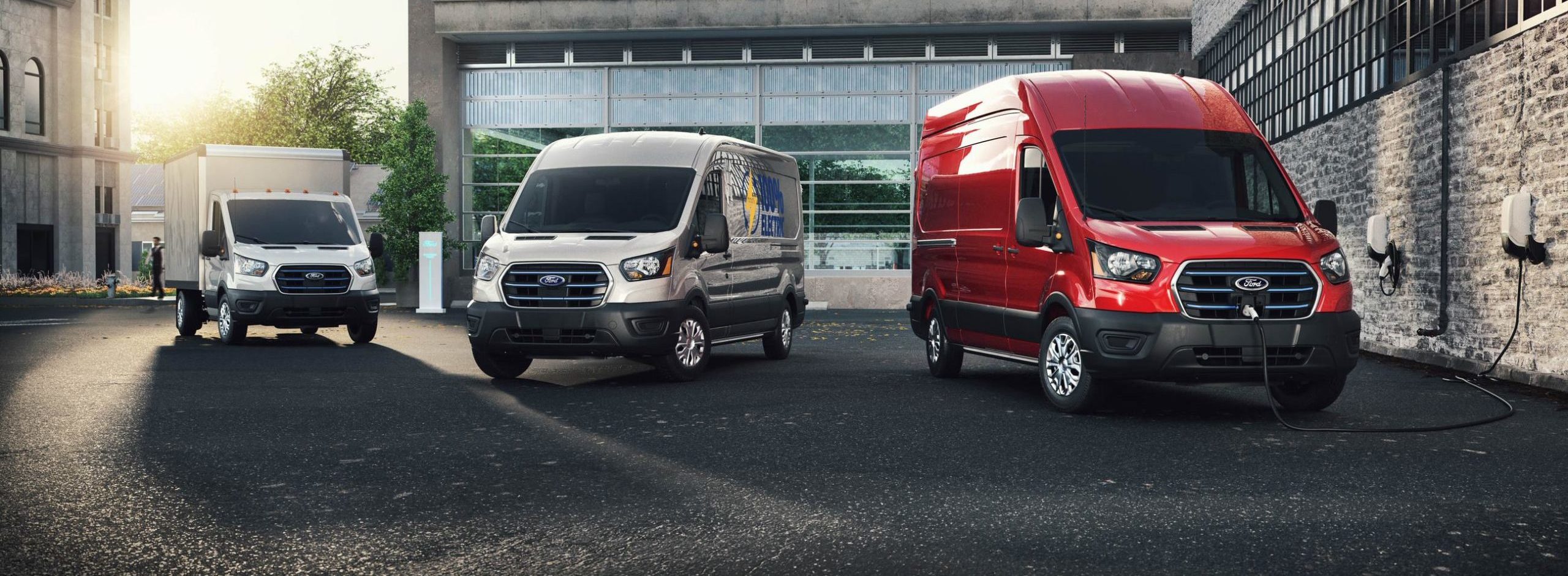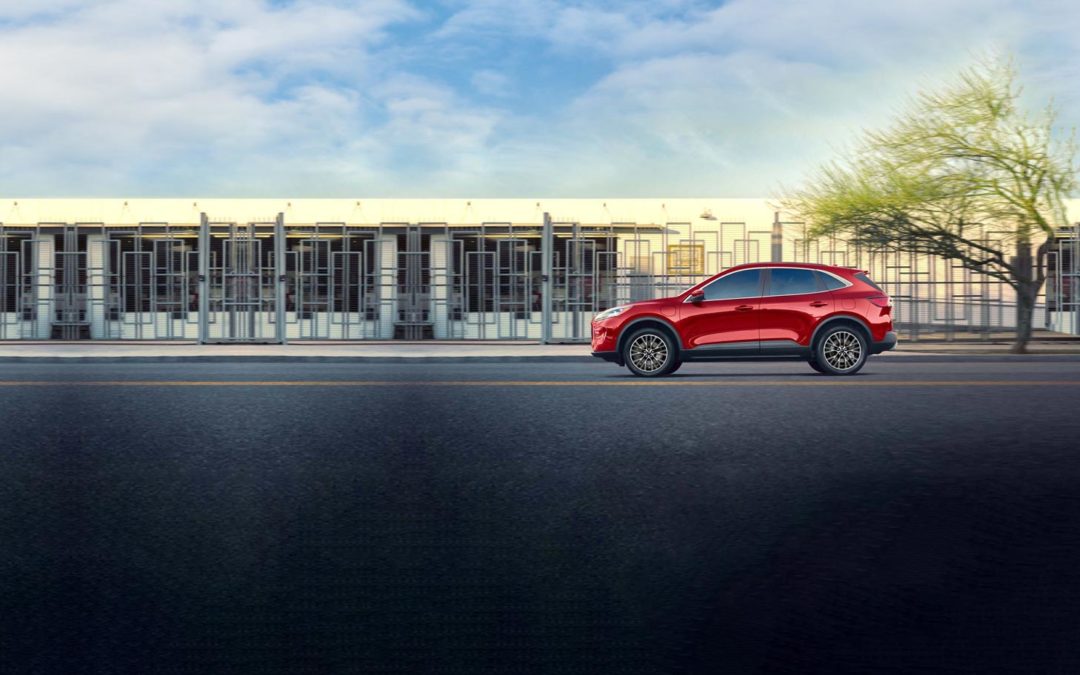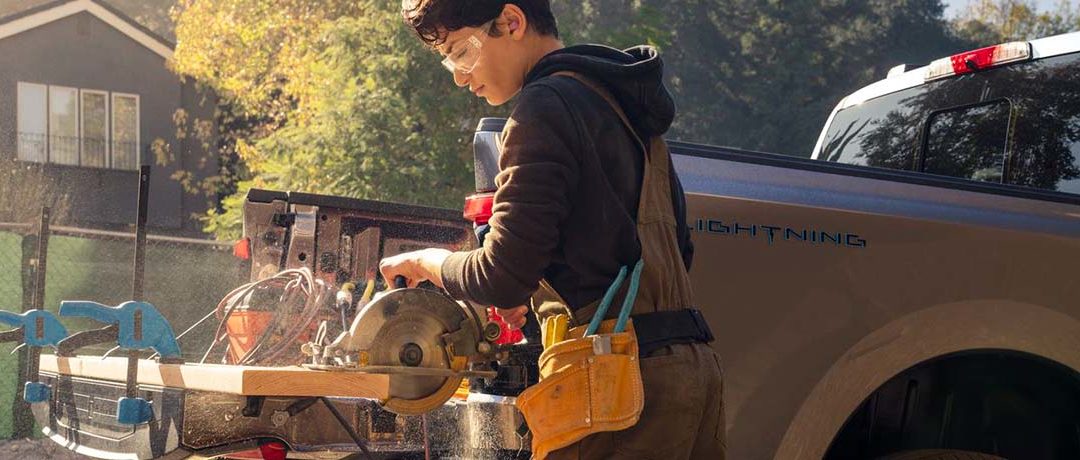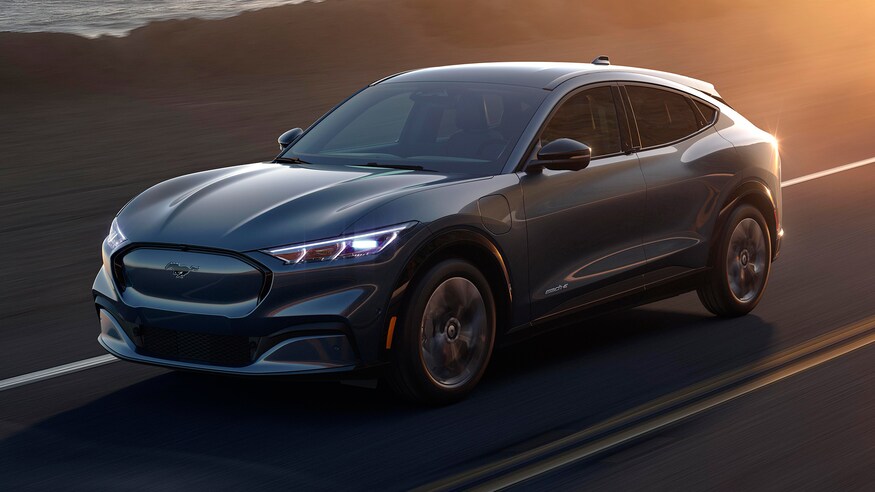Around the world, automakers and drivers are making the switch from gas-powered vehicles to EVs, while the infrastructure available to EV drivers continues to evolve at an exciting pace. But these aren’t limited to private driveways; business fleet owners are slowly seeing the benefits of going electric.
According to GoodCarBadCar, in 2020, 35,914 commercial vans were sold in Canada*. Now, companies such as Amazon and FedEx are taking the plunge into EV fleets, and Ford is ready for this shift to electrified vehicles with the new 2022 E-Transit Cargo Van; an all-electric powertrain with a targeted range of 203-kms on low roof models**.
The challenge with ZEV fleets, of course, has always been to harness electric power in a way that effectively meets the unique (and ever-evolving) needs of businesses of all size and scale, without ever sacrificing capability. To ensure the new E-Transit van would accomplish that – and more – Ford spoke to real world businesses and designed the van specifically to meet their requirements.
The result? Ford’s 2022 E-Transit full-size van boasts a state of the art, all-electric powertrain with 266 horsepower and 317 lb-ft of torque. From a charge perspective, the E-Transit van offers a 68-kWh battery pack that can be charged on a DC fast charger to add almost 49 km of range in just 10 minutes◊. Maximum payload≠ for the cargo van is approximately 3,880 pounds, while cutaway models could offer payload ratings as high as 4,428 pounds.
To ensure easy charging, Ford offers depot charging via the Ford Connected Charge Station, as well as via the BlueOval™ Charge, North America’s largest public charging network†, or via the Ford Mobile Power Cord compatible with 120V or 240V outlet for at home charging.
Businesses can also pick from three available roof heights, three lengths and Chassis Cab and Cutaway models, which have all undergone extensive testing. Inside the van, drivers have access to an available 12.0-inch touchscreen infotainment system, as well as a standard 4G LTE modem to provide on-the-go connectivity options that help optimize businesses’ efficiency across their fleet.
The best part? Businesses that electrify their fleet can expect to benefit from significant long-term fuel savings, and in addition may qualify for incentives through the Canadian federal and provincial government ^. Not only that, but an EV doesn’t need oil changes, and there are fewer parts in Ford’s electric propulsion system compared to its 2020 gas-powered counterpart^^. An estimated 40 per cent reduction in maintenance costs compared to its 2020 gas-powered counterpart over 160,000 kms ^^ means increasing savings and reduced downtime which, from the perspective of any business owner, is great news.
With the 2022 Ford E-Transit, businesses are positioning themselves to help save money, reduce environmental impact, and improve efficiency while benefiting from an entire ecosystem of products and support from a company with a long, proven legacy of getting the job done.
This isn’t business as usual – this is better business, and this is the future.
Disclaimers:
* Source: 2020 CANADA COMMERCIAL VAN SALES ANALYSIS: https://www.goodcarbadcar.net/2020-canada-commercial-van-sales-figures-by-model/
** Based on full charge. Demonstrated range reflecting current capability based on testing consistent with US EPA MCT drive cycle methodology (www.fueleconomy.gov/feg/pdfs/EPA test procedure for EVs-PHEVs-11-14-2017.pdf) at ALVW (Adjusted Loaded Vehicle Weight) and Government of Canada–approved methods. Actual range varies with conditions such as external environment, vehicle use, upfits and alterations, vehicle maintenance, lithium-ion battery age and state of health.
◊ Range and charge time based on manufacturer computer engineering simulations and US EPA MCT drive cycle methodology (www.fueleconomy.gov/feg/pdfs/EPA test procedure for EVs‐PHEVs‐11‐14‐2017.pdf). The charging rate decreases as battery reaches full capacity. Your results may vary based on peak charging times and battery state of charge. Actual vehicle range varies with conditions such as external elements, driving behaviours, vehicle maintenance, lithium‐ion battery age and state of health.
≠ When properly equipped
† Based on original equipment manufacturers (OEM)/automotive manufacturers that sell all-electric vehicles and have publicly announced charging networks and using Natural Resources Canada Electric Charging and Alternative Fueling Stations Locator website (www.NRCanada.gc.ca). FordPass, compatible with select smartphone platforms, is available via a download. Message and data rates may apply.
^ Federal and provincial electric vehicle incentives (each an “Incentive”) are provided separately by select provincial governments, and the Canadian federal government (“Transport Canada”). The Incentives are subject to cancellation or change by Transport Canada or any participating province without notice. Ford Motor Company of Canada, Limited is not responsible for any changes to or cancellation of the Incentives and makes no representations about eligibility. For more information about each Incentive, please consult Transport Canada, your provincial government or a Ford dealer. Rebate amount varies by eligible vehicle and purchase option. The Incentives provided by Transport Canada and the participating provinces are applied after applicable taxes are calculated. Certain conditions apply.
^^ Scheduled maintenance costs based on recommended service schedule as published in the Owner’s Manual. Analysis reflects Ford Motor Company’s standard method for calculating scheduled maintenance cost, and reflects data available in 2019 & 2020.






